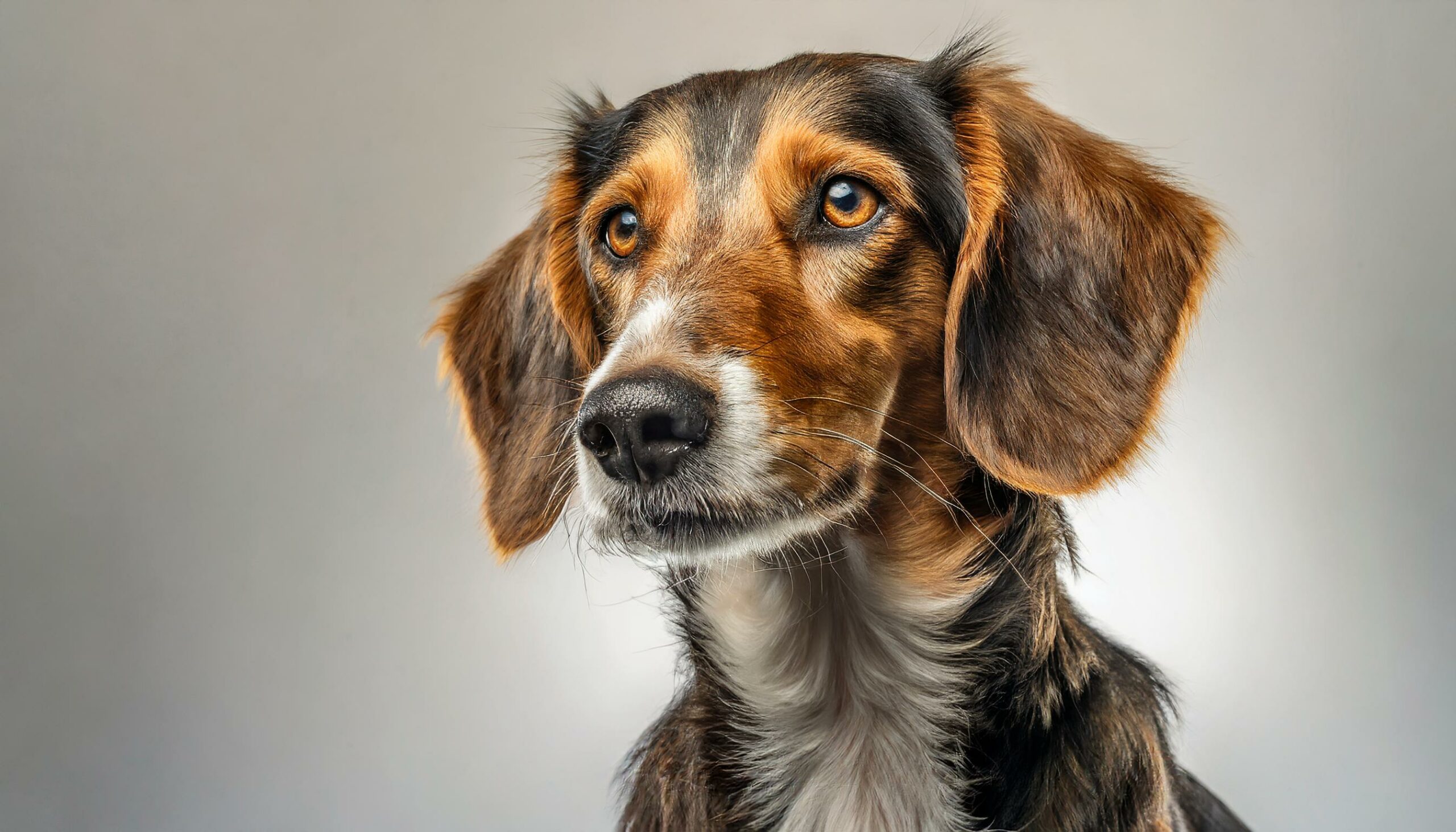The Otterhound, a breed with deep roots in England’s history, is celebrated for its unique combination of strength, amiability, and a distinctive shaggy coat. Originally bred for the now-outlawed purpose of otter hunting to protect fisheries, this large and robust breed has adapted over time to become a cherished companion. Despite its rarity and the decline in its traditional working role, the Otterhound’s remarkable swimming ability, keen sense of smell, and jovial temperament endear it to those fortunate enough to know the breed. This profile delves into the Otterhound’s origins, physical characteristics, temperament, care needs, and its status as a beloved yet endangered companion.
Origins and History
The Otterhound’s history traces back to medieval England, where it was esteemed for its prowess in hunting otters, a necessity at the time to preserve fish stocks in rivers and lakes. The breed’s ancestry includes contributions from Bloodhounds, giving it an exceptional sense of smell, and possibly other now-extinct hound breeds, which endowed it with its characteristic webbed feet and affinity for water. With the banning of otter hunting in the UK in 1978, the Otterhound’s numbers have dwindled, leading to its classification as one of the most vulnerable native breeds. Today, the Otterhound is more often found as a companion than a working dog, though its population remains critically low worldwide.
Physical Characteristics
Standing 24 to 27 inches at the shoulder and weighing between 80 to 115 pounds, the Otterhound is a large, muscular breed with a distinctive rough, double coat that provides protection against cold water. The breed is notable for its large head, long and shaggy eyebrows, beard, and a deep, melodious bark. Its coat can come in a variety of colors, including grizzle, wheaten, black and tan, and blue and cream. The Otterhound’s webbed feet are a unique adaptation for swimming, making it an unparalleled aquatic hunter.
Temperament and Behavior
Otterhounds are known for their friendly, boisterous, and affectionate nature. They possess a laid-back attitude towards life but are also playful and energetic, especially when outdoors. Their strong hunting instincts can be channeled into activities such as tracking and scent work. Otterhounds are sociable with humans and other dogs, though their size and exuberance may be overwhelming for small children or pets. Despite their independent streak, they are loyal to their families and can be trained with patience and positive reinforcement.
Care and Health
The Otterhound’s thick, oily coat requires regular grooming to prevent matting and to maintain its weatherproof qualities, including occasional trimming and brushing. They shed moderately throughout the year. As a breed with boundless energy, particularly in their youth, Otterhounds require ample daily exercise, including long walks and the opportunity to swim, which they adore. The breed is generally healthy but can be prone to certain conditions, such as hip dysplasia, epilepsy, and bloat. Regular veterinary check-ups and a balanced diet are essential for their well-being.
Training and Socialization
Training an Otterhound can be a rewarding challenge, given their intelligent but sometimes stubborn nature. Early socialization and obedience training are crucial to ensure they become well-behaved and adaptable adults. They respond well to training methods that include rewards and positive reinforcement, benefiting from a variety of mental and physical stimulation to keep them engaged. Their love for water can also be incorporated into their exercise and training regimen.
The Otterhound in the Family
The Otterhound makes a wonderful family pet for those who appreciate a large, amiable, and somewhat unconventional dog. Their friendly demeanor and love of play make them excellent companions for active families, though their size and energy level are best suited for homes with space to roam. The breed’s rare status and distinct appearance are sure to turn heads, and their joyful, affectionate nature makes them a beloved member of any household.
In conclusion, the Otterhound stands as a testament to the diverse roles dogs have played throughout history, transitioning from a specialized hunter to a devoted companion. With its unique physical traits, joyful temperament, and rare status, the Otterhound offers a unique opportunity to preserve a part of canine heritage. For those willing to provide the necessary care, exercise, and training, the Otterhound offers a rewarding and enriching relationship, serving as a steadfast friend and cherished family member.
